Recently, both academic and industrial interests have focussed on ferroelectric thin films. This interest is due to the importance of these films as the capacitors for ferroelectric random access memory (FeRAM).
Ferrolectric thin films have attracted much attention for potential applications such as high dielectric constant capacitors, infrared detectors, piezoelectric transducers, optical modulators, optical waveguides, nonvolatile memory chips and capacitors for dynamic random access memory (DRAM). Their ferroelectric and dielectric properties have been extensively investigated, while their optical properties have been relatively rarely studied. However, the optical constants, e.g., refractive index and extinction coefficient have great importance for waveguiding and other optical applications. The Phase Modulated Spectroscopic Ellipsometer (PMSE) has been used to determine the optical constants of PZT and BST materials.
Ferroelectric materials
Ferroelectric materials exhibit a spontaneous electric polarization, spontaneous in the sense that the polarization appears even in the absence of an electric field. The name ferroelectric was chosen by analogy with ferromagnetic materials, which exhibit a spontaneous magnetization even in the absence of a magnetic field. However, the name is misleading because few ferroelectric materials contain iron whereas most ferromagnetic materials do.
Ferroelectric materials are a subgroup of pyroelectric materials which are a subgroup of piezoelectric materials.
Pb(Zr1-xTix)O3
Lead zirconate titanate (PZT) is very useful ferroelectric material because of its pyroelectric, piezoelectric and electro-optical properties. High remnant polarization, high dielectric constant, low operating voltage, and low leakage current are attributes of PZT thin films. Thin PZT films have been widely investigated for application in dynamic random access memories (DRAMs) and nonvolatile random access memories (NVRAMs).
Ba1-xSrxTiO3
Barium strontium titanate (BST) is the established dielectric capacitor material for future DRAM devices, allowing a significant reduction of cell capacitor size due to its high-k properties. The ferroelectric thin films can be deposited by sputtering, chemical vapour deposition, sol-gel method, and using pulsed laser ablation.
Ferroelectric Thin Film Characterization
Non destructive characterization of the different ferroelectric films was successfully carried out by Spectroscopic Ellipsometry (SE). Ellipsometric measurements were collected at an angle of incidence of 70° across the spectral range 190-850nm.
Pb(Zr1-xTix)O3
PZT thin films have been grown directly on Pt (100nm) / Ti / SiO2 / c-Si substrate. Due to the Pt thickness, a pseudo 3-phase model - air / PZT / Pt - has been used. The PZT coating has been described using a 3 layers stack where the density of the PZT decreases from the bottom to the top surface. This index variation is described using the Bruggeman Effective Medium Approximation.
|
80% PZT - 20% Void
|
21.4 nm
|
|
86.4% PZT - 13.6% Void
|
82.4 nm
|
|
PZT
|
12 nm
|
|
Pt
|
|
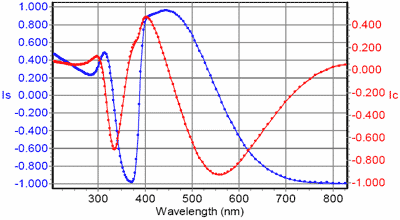
Figure 1. Generated and Experimental Spectra
The PZT optical constants have been determined using the Adachi-New Forouhi advanced dispersion formula.
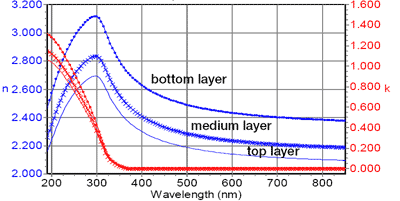
Figure 2. PZT Optical Constants
Ba1-xSrxTiO3
BST thin film has been deposited using Pulsed Laser Deposition (PLD) onto polished sapphire substrates. The measurement takes into account the backside reflection of transparent sapphire substrate.
The model below has been used to fit perfectly this sample. It includes an overlayer and an anisotropic substrate. The optical axis of the sapphire substrate is perpendicular to the sample’s plane. By adding a roughness layer consisting of a mixture of 50% BST and 50% void the fit was improved significantly.
|
80% PZT - 20% Void
|
6.2 nm
|
|
86.4% PZT - 13.6% Void
|
67.7 nm
|
|
Uniaxial Anisotropic Sapphire (Al203) ne, no
|
520 μm
|
|
Void
|
|
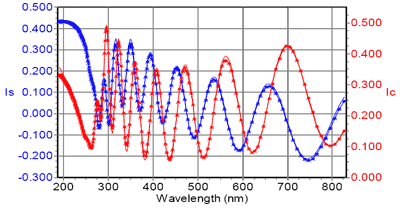
Figure 3. Fit results - BST on sapphire substrate
This spectrum above shows numerous interference fringes. The smallest period corresponds to the anisotropic behaviour of the sapphire additional to the backside reflection while the greater period is due to the BST coating.
The spectrum below shows the same sample if the sapphire would have had an unpolished backside.
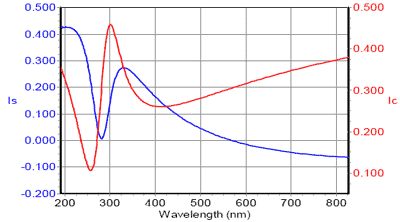
Figure 4. Simulation of BST on sapphire substrate without backside
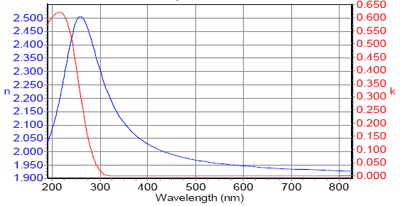
Figure 5. BST Optical Constants
Conclusion
Spectroscopic ellipsometry is a powerful technique to characterize the thickness and optical constants of complex ferroelectric stacks with high accuracy and precision. Specific modelling features in this study include the characterization of the anisotropic sapphire substrate, rough overlayer and layer inhomogeneity with depth.

This information has been sourced, reviewed and adapted from materials provided by HORIBA.
For more information on this source, please visit HORIBA.